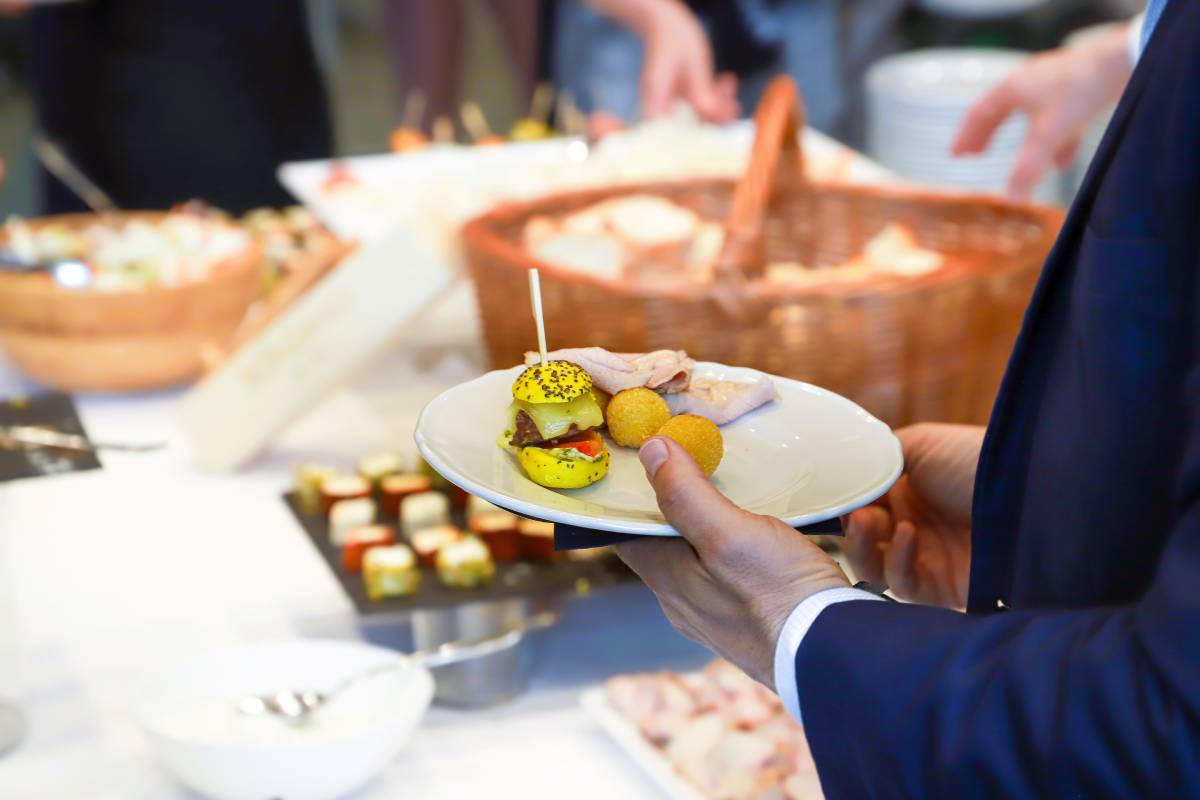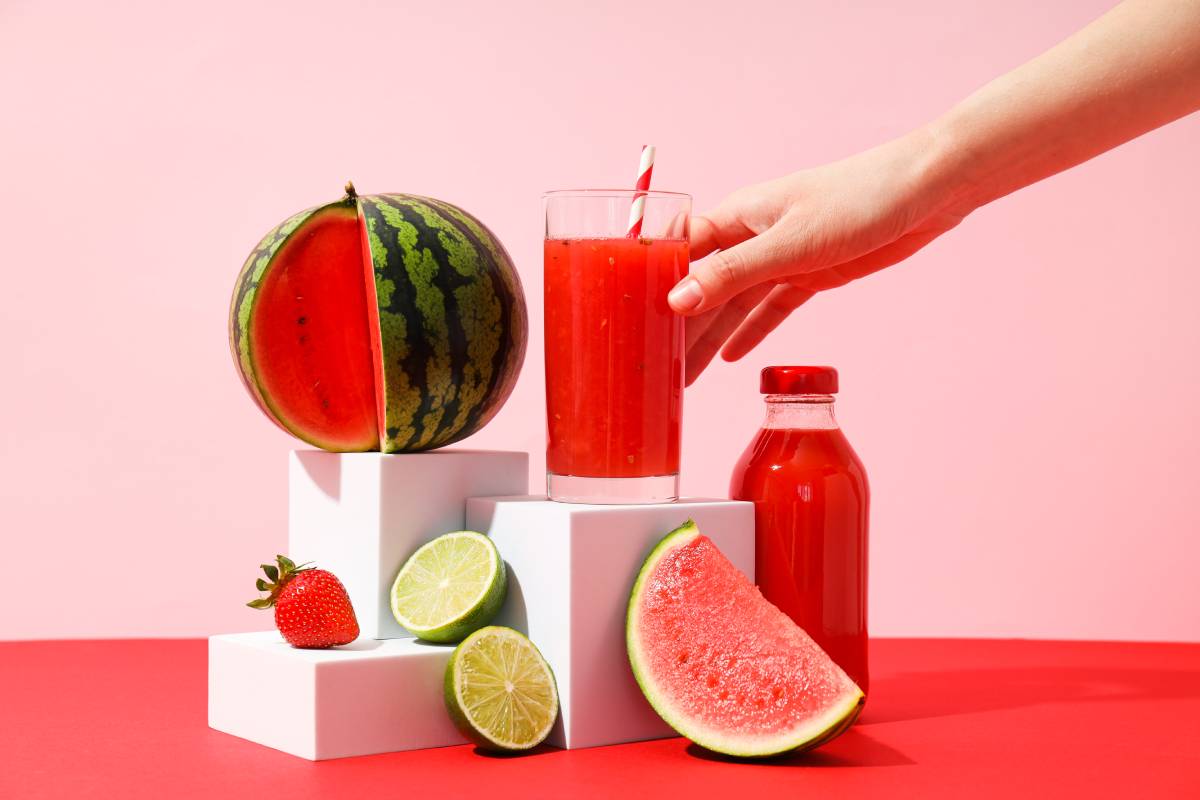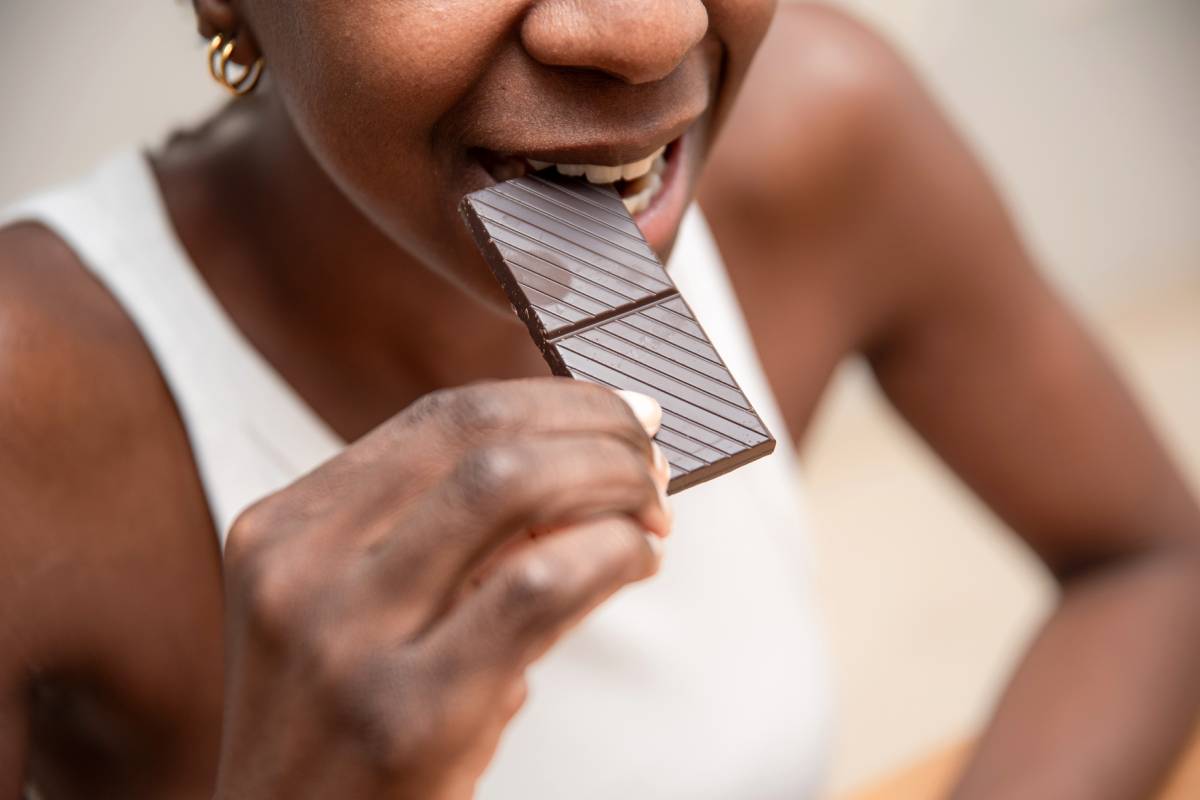
Planning a wedding is an exciting yet overwhelming experience, and one of the most crucial decisions couples face is choosing the food for their big day.
The menu sets the tone for the celebration and plays a significant role in creating lasting memories for you and your guests.From deciding on the style of meal service to accommodating dietary preferences there are many factors to consider.
In this article we’ll guide you through the process of selecting the perfect wedding food calculating portions and deciding whether a buffet is the right choice for your celebration.
Whether you’re opting for an elegant plated dinner or a relaxed buffet we’ll help you make the best decisions to ensure your guests are well-fed and your wedding is unforgettable.
1. Deciding What Food to Serve at a Wedding
The first step in selecting your wedding menu is to think about the type of event you’re planning and the preferences of your guests. The food should complement the wedding’s theme tone and overall style.
For example, a formal evening event with a black-tie dress code may call for a more elegant and refined menu, while a casual, rustic wedding might lend itself better to comfort foods or BBQ.
Guest Preferences and Dietary Restrictions
When planning your wedding menu it’s important to consider your guests’ diverse food preferences and dietary restrictions such as vegetarian vegan gluten free halal kosher dairy free and low carb options.
Offering a variety of dishes ensures everyone is accommodated. To gather this information, include an RSVP section on your invitation asking about dietary needs. If unsure consult with your caterer or wedding planner to create an inclusive menu.
The Wedding Style and Theme
The food should complement your wedding’s atmosphere. For an elegant, traditional wedding consider a multi course plated dinner with upscale dishes like filet mignon and roasted vegetables.
For a more relaxed setting, such as a beach or garden wedding, opt for seafood platters grilled meats and tropical fruits.
If you have a themed wedding, like rustic or vintage-inspired, serve family-style meals or food truck treats that align with the theme.
Seasonal Ingredients
Using seasonal ingredients can enhance flavor and reduce costs. For summer weddings, fresh salads light appetizers and fruit desserts work well while fall weddings suit heartier meals with roasted root vegetables and warming flavors.Consult your caterer about seasonal ingredients in your area to highlight the best of the season.
2. What Percentage of Guests Should You Cater For?
When planning the amount of food for your wedding, aim to cater for 90-95% of your guest list.
For example if you expect 100 guests prepare for 90-95 people leaving room for last-minute RSVPs or unexpected guests.
Keep in mind that not everyone will eat the same amount, as some may skip courses or eat more of popular dishes. Calculating portions requires balancing these variables.
How to Calculate Portions
To ensure enough food, use standard portion sizes: 6-8 ounces of meat per person for the main course 3-4 appetizers per person per hour before the main meal and one slice of cake per person for dessert.
Add extra sweets if needed. Your caterer can help fine-tune calculations based on event length and meal style, whether buffet or plated.
3. Is a Buffet a Good Idea for a Wedding?
Buffet style service is a popular choice for many weddings but it may not be ideal for all types of events. Whether or not a buffet is a good idea depends on a variety of factors, including the formality of the event, the venue, and the preferences of the couple getting married.
Advantages of a Buffet
Variety of Choices
Buffets allow guests to choose from a wide range of options. This is particularly useful when you have a guest list with varying dietary needs or preferences. By offering different proteins sides salads and desserts, you can ensure that there’s something for everyone.
Casual Atmosphere
A buffet can create a more relaxed and social atmosphere, allowing guests to move around and interact with one another.
This works particularly well for more casual or non-traditional weddings where the goal is to encourage mingling and conversation.
Cost Effective
Buffets can be less expensive than plated meals because you don’t need as many servers or waitstaff. Additionally, with a buffet, you have more flexibility in terms of the variety of dishes you can serve without significantly increasing the cost.
Less Waste
When guests can choose their portions, it may reduce food waste compared to plated meals where the food is pre portioned and sometimes left uneaten.
Disadvantages of a Buffet
Longer Wait Times
Buffets can lead to longer lines and wait times, especially during peak dining periods. If you’re hosting a large wedding you might find that guests have to wait to get their food which could create bottlenecks and disrupt the flow of the event.
Less Elegance
A buffet can be perceived as less formal than a sit-down dinner, which may not be in line with the atmosphere you want to create for your wedding. For couples who envision a more traditional elegant affair plated meals might be a better fit.
Potential for Mess
Buffets can sometimes result in spills or guests making a mess while serving themselves, which may not be ideal if you’re hosting an upscale event. You may need to provide extra supervision to ensure everything stays organized and clean.
Limited Guest Interaction
Unlike sit down meals where the servers bring food to guests, buffets require guests to serve themselves. This can reduce the personal touch and attention that a formal dinner offers.
Food and Mental Health
The food at your wedding can impact guests’ well-being by enhancing mood, energy and mental health. Offering balanced, nutritious options like omega-3-rich salmon or antioxidant-packed fruits can create a positive atmosphere.
Comfort foods that trigger happy memories add meaning to the event while a variety of flavors and textures can cater to different preferences and dietary needs ensuring emotional comfort for all.
Conclusion
Choosing the food for your wedding, determining portions, and deciding on a buffet can be challenging. However with thoughtful planning and attention to your guests’ needs including their mental health and food preferences your wedding meal can be a standout moment.
Whether it’s a plated dinner buffet, or food truck ensure the menu reflects your personality and creates a memorable experience. Be mindful of dietary restrictions, calculate portions and choose options that align with your wedding theme to make the meal unforgettable.







